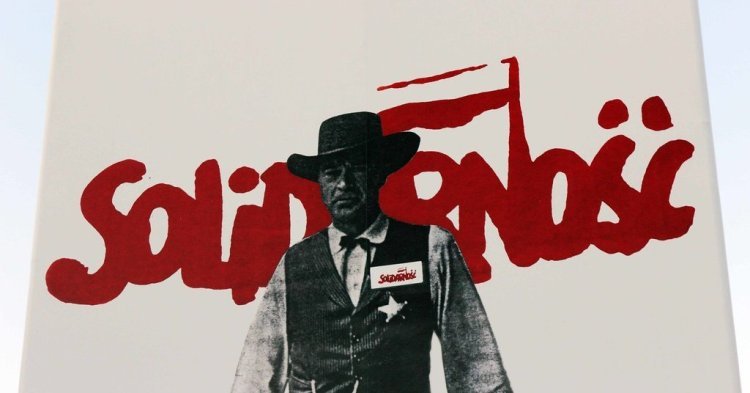This divide is somewhat natural; after all, we all know more about our own past than that of other nations. What might create issues is the association of the events in Berlin with the fall of communism in a cause-effect relationship, or simplifying the European transition into that single event. Either of these might not only be insulting to Central-Eastern Europeans, but it could also misrepresent history. Why should we care? Well, if we wish to understand the surge of “illiberal democracies”, nationalism, and the current political problems of the region in general, knowing how the process of democratisation occurred in these nations is essential, as it might shed light on current events there.
First, however, it would be useful to present examples of events in 1989 which have great significance for individual countries. Shown in this light, each transition could be a symbol of the diversity of the events of 1989. For the Czechs it could be the two hour general strike, a part of the famous Velvet Revolution, on 27th November, which ultimately forced the communist government to announce the end of one party rule just two days later. For the Baltic states it might be the Baltic Chain, in which approximately two million people joined hands to form a human chain of 675.5 kilometers in order to demand independence from the Soviet Union. For Romania, the execution of its dictator Ceaușescu following a bloody revolution in December 1989 could be the best symbol. These are just a few examples, but the message here is that the year 1989 is rich in symbols and stories, the diversity of which has often been neglected.
Naturally these idealistic tales do not tell us everything about the transitions, but they can provide a good start. They help us discover another side of the societies going through a process of democratisation which forced them to answer hard moral questions. Most of these were about reconciliation with the past, and the way in which the transition should happen. The answers are what to this day drives the two main champions of “illiberal democracy”. In Poland, for example, the ongoing fight over reforms of the judicial institutions is justified by the governing Law and Justice party as a necessary move to get rid of “communist judges”. In Hungary, the new constitution, which was created in 2011 and is the basis of current Prime Minister Viktor Orbán’s rule, was presented as a “true” transition. This alludes to the fact that Hungary’s constitution was not changed in 1989, but only amended. In both cases there is some truth in the arguments of these respective governments, but whether they were really motivated by these factors is questionable.
In conclusion, understanding the past can provide some much needed insight into the philosophy of “illiberal regimes”. This is necessary ammunition for fighting their agenda, especially since nationalist regimes are particularly prone to seeking historic justifications for their actions. Therefore, if we can overcome simplistic associations, like equating the fall of the Berlin Wall with the end of communism, we can enrich our understanding of history as we better grasp the struggles and sacrifices of Central and Eastern Europeans during that period. This will be valuable in understanding and ultimately winning over Central and Eastern Europeans as we strive towards a federal and more cohesive European project.


Follow the comments: |
|
